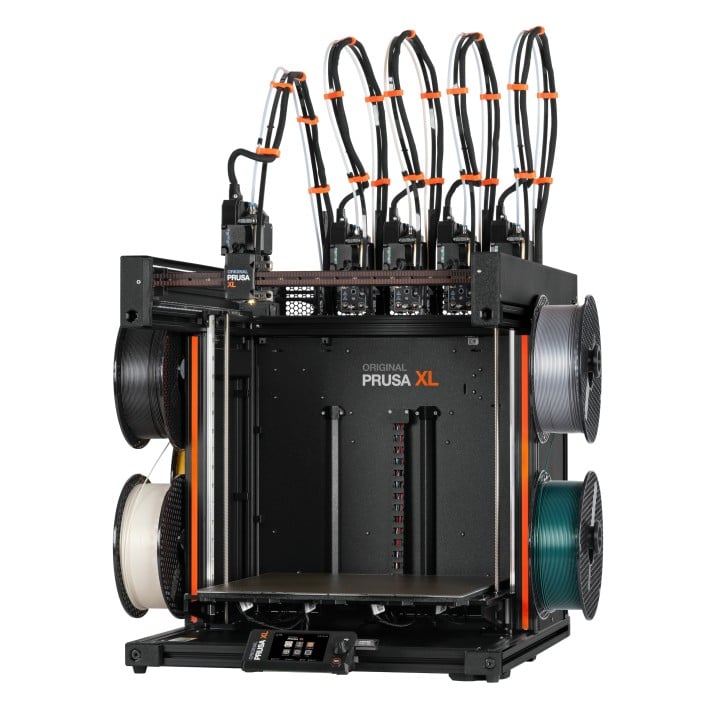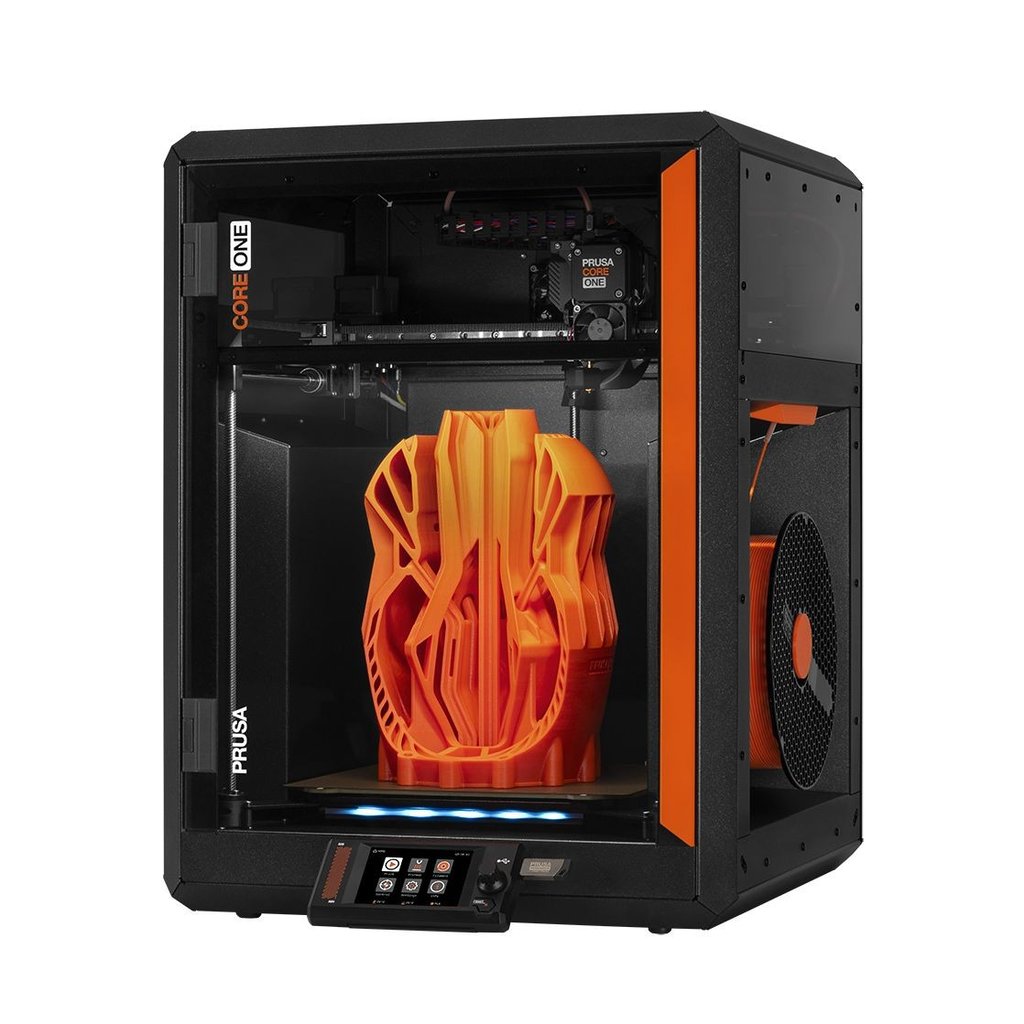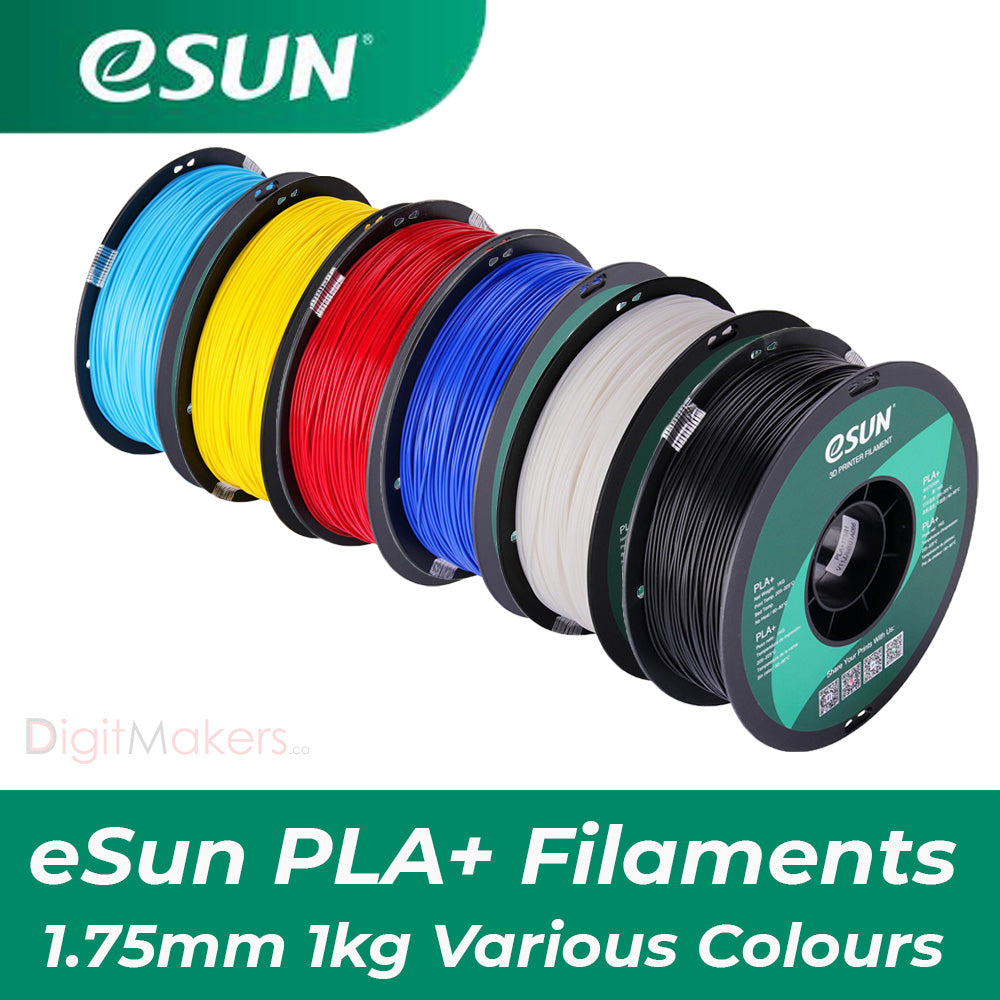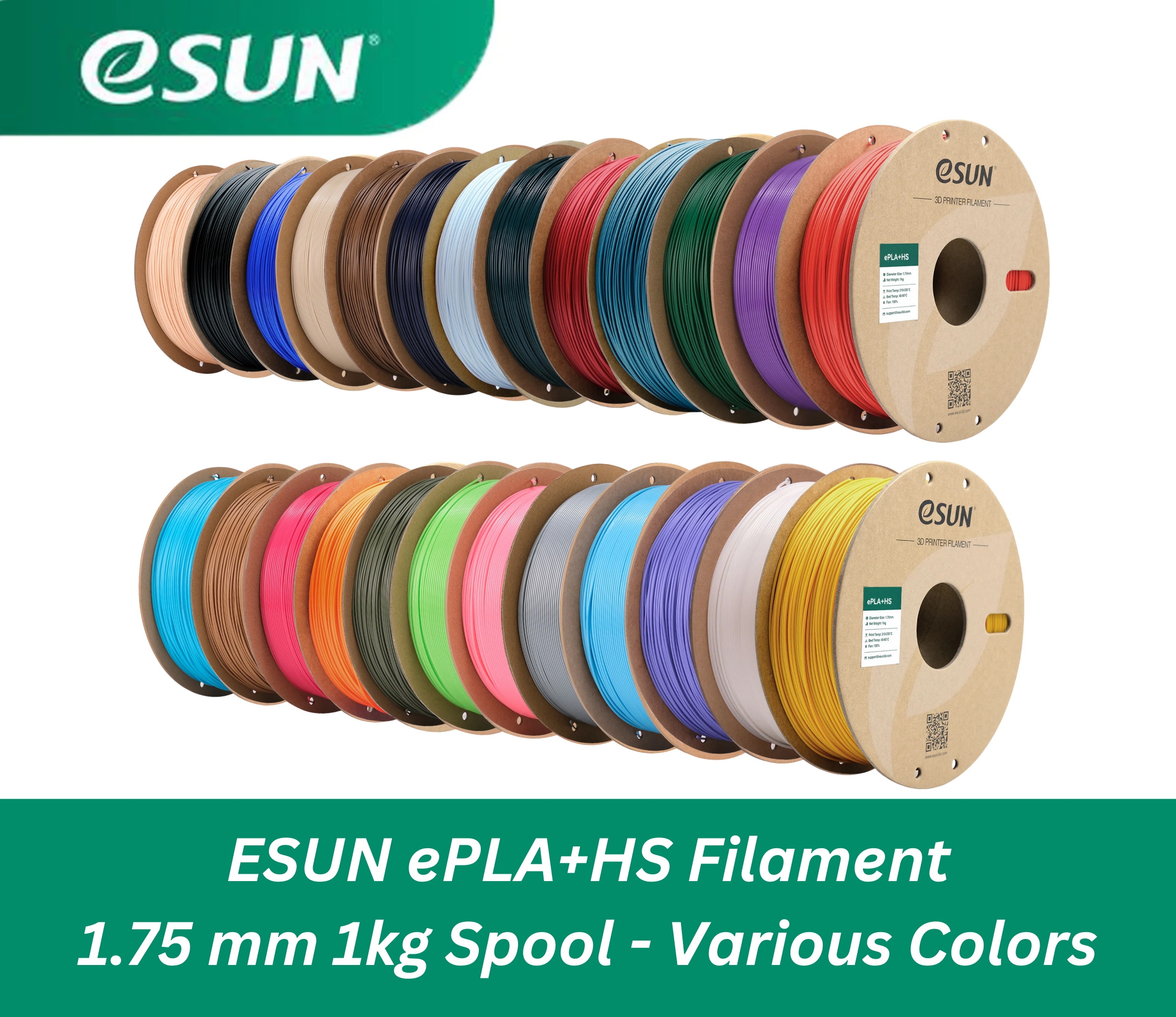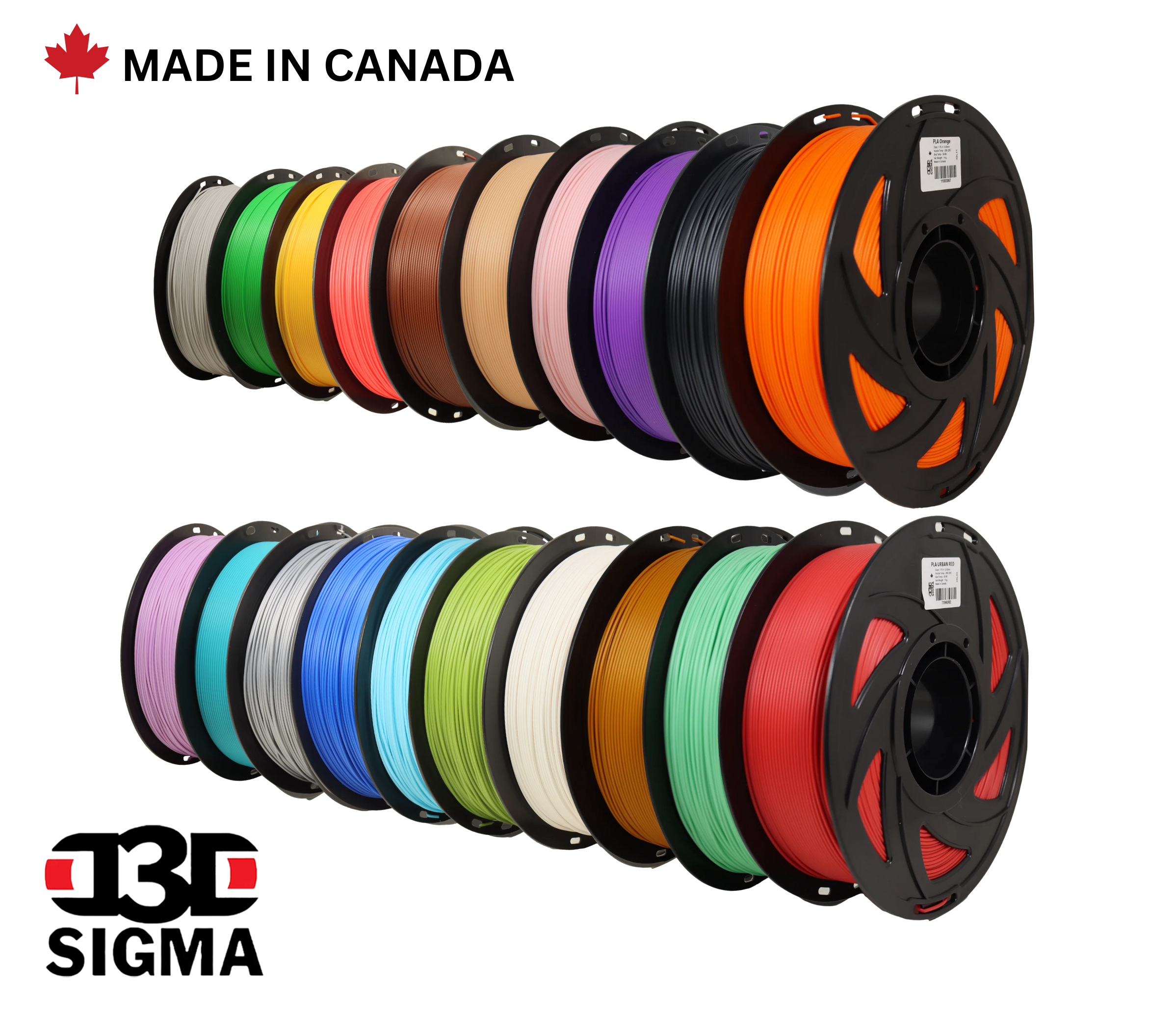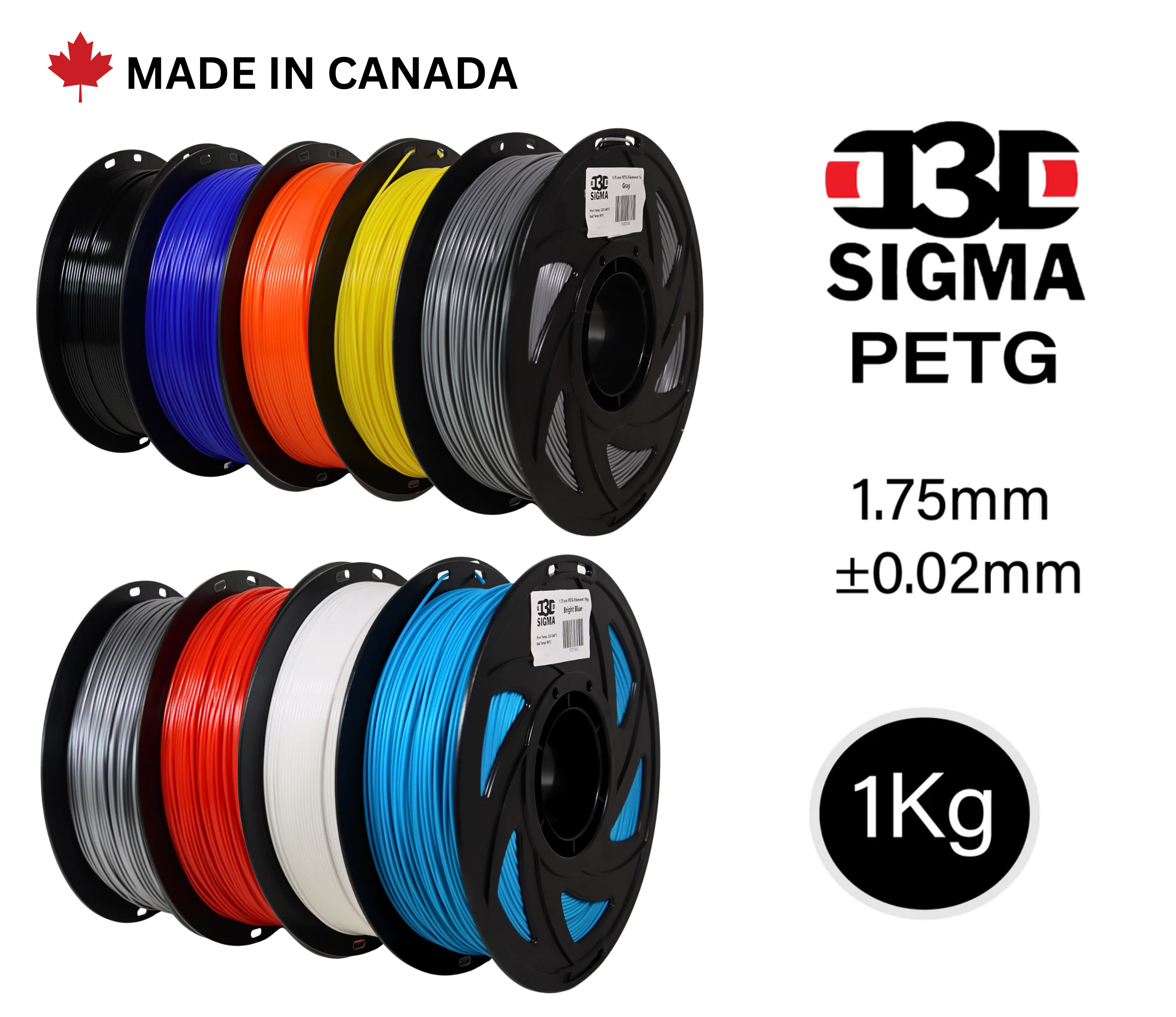If you're printing with demanding filaments like Nylon (PA), Polycarbonate (PC), ABS, ASA, or carbon/glass fiber composites, choosing the right printer matters. Two of Bambu Lab’s latest models — H2D and H2S — are built with engineering materials in mind. But they differ in design, features, and how well they manage high-temp, moisture-sensitive filaments. This guide will help you see which one might serve your needs best.
🔍 Key Specs & Differences
Here are the core engineering-relevant specs for both, as far as current public information shows:
| Specification |
Bambu Lab H2D |
Bambu Lab H2S |
| Hotend Temp |
Up to 350 °C
|
Also 350 °C
|
| Heated / Active Chamber Temp |
65 °C chamber heating, helps reduce warping for high-temp materials.
|
65 °C active heated chamber too.
|
| Build Volume (single nozzle) |
350 × 320 × 325 mm³ (for single nozzle printing)
|
340 × 320 × 340 mm³
|
| Nozzle / Materials Compatibility |
All-metal hotend, hardened steel nozzle; supports high-temp and fiber-reinforced filaments.
|
Similar hardened steel nozzle, high-temp hotend; built to handle fiber-reinforced materials, ABS, Nylon etc.
|
| Dual Extrusion / Multi-Material |
Dual nozzle capability — can run two materials at once (useful for supports, overhangs etc.). |
Single-nozzle design, so less native dual material capability. |
| Speed / Motion System |
High acceleration, high speed; especially strong in dual-material printing.
|
Also optimized for speed; PMSM servo extruder, better extrusion force. Slight advantage in single-material throughput.
|
🛠 How They Handle Engineering Filaments
With those specs in mind, here’s how each model tends to perform with engineering materials:
✅ Strengths of H2D:
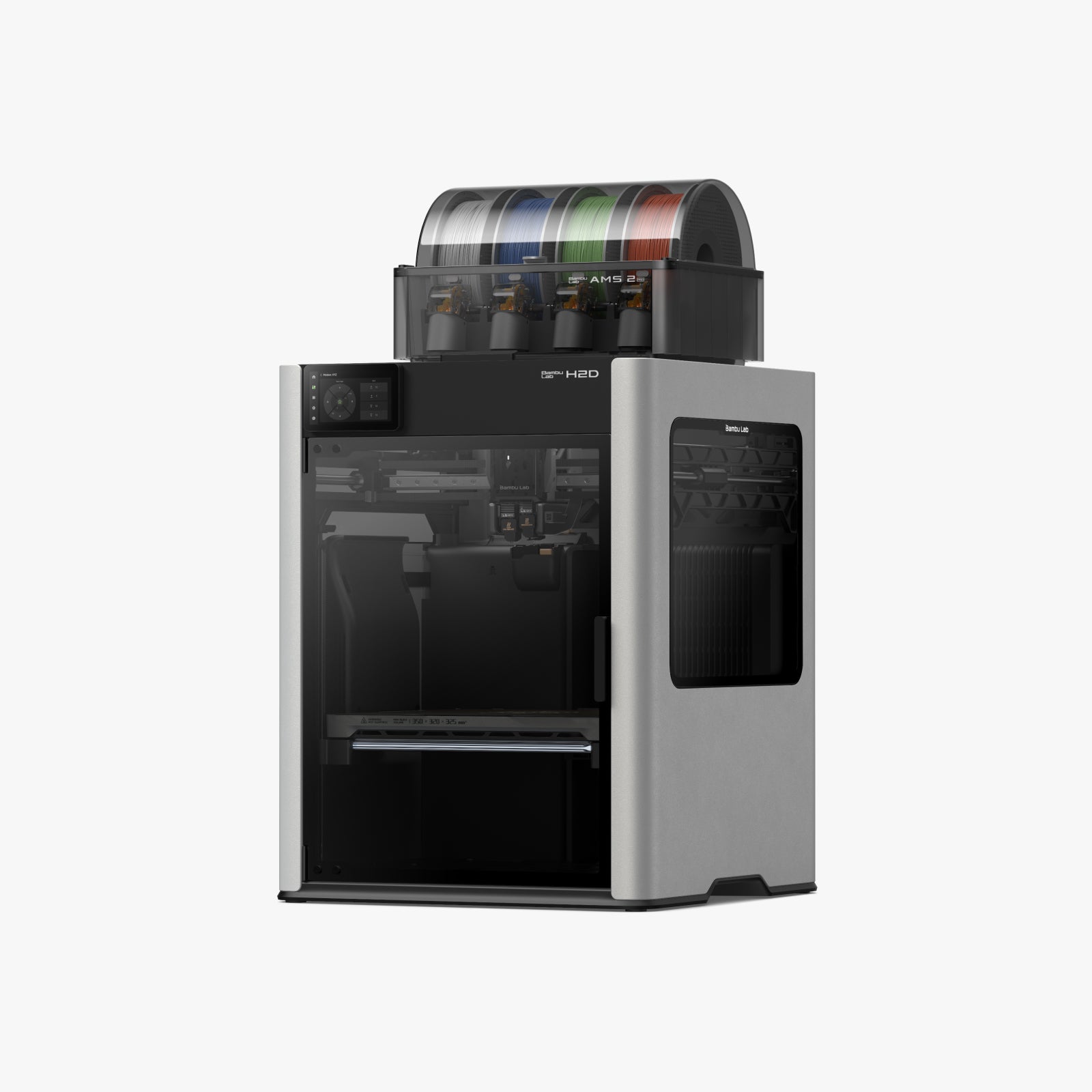
-
Dual-nozzle setup allows using a strong material + support combo. For example, you can print Nylon or PC with a different support material (ideally soluble or easy removal), which can improve overhangs and reduce post-processing.
-
Slightly larger effective build volume when using dual nozzle setups.
-
The combo of high-temp nozzle + chamber heating + advanced filament systems (AMS HT etc.) makes it possible to push boundaries with exotic blends, fiber composites, and demanding applications.
✅ Strengths of H2S:
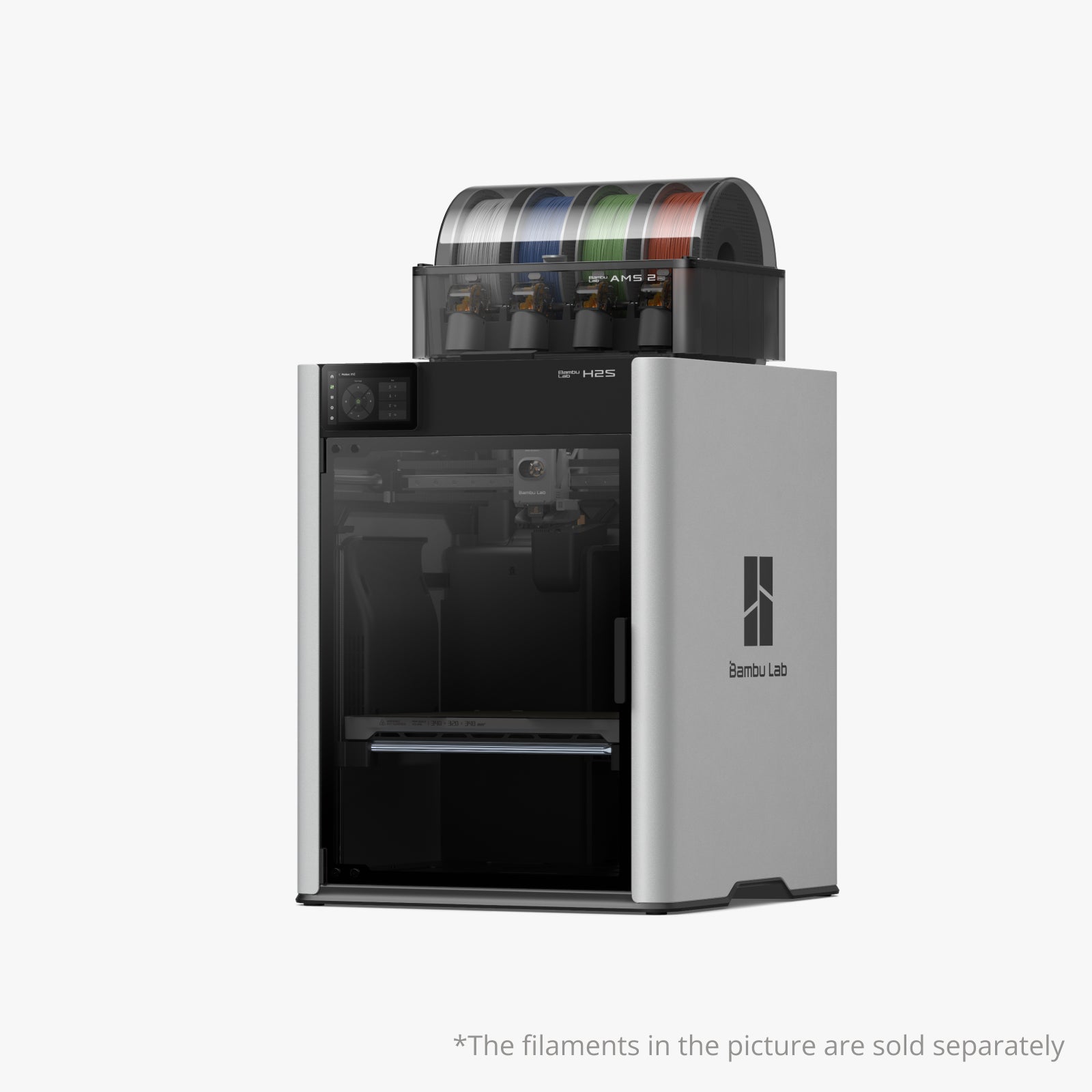
-
Greater Z height (by a small margin) in the build volume—so for tall projects using engineering filaments, you get more flexibility.
-
Simpler setup (single nozzle) means fewer complications with dual-material calibration, less waste from purge towers when switching colors or supports.
-
For pure single-material engineering prints, H2S tends to run slightly faster and more efficiently (less complexity overhead).
⚠ Trade-Offs & Things to Consider
Neither model is perfect for every scenario. Here are some of the trade-offs when choosing between H2D and H2S for engineering materials:
| Trade-off |
H2D |
H2S |
| Complexity / Calibration |
Dual nozzles + supports + toolpath alignment + material switching → more setup work and possible troubleshooting. |
Simpler in configuration, fewer points of failure; good for single material or single color engineering projects. |
| Material Waste |
Dual nozzle = more purge / mixing / wasted filament when switching between materials. |
Less waste in single-material prints. |
| Cost |
Likely higher total cost if using AMS combos, dual nozzle, supports etc. |
Potentially more cost-efficient if you use single materials or fewer extras. |
| Use of Advanced Features |
If you need dual material printing, soluble supports or mixed prints, H2D has the capability. |
If you don’t need dual or multi-material, you might be paying for features you won’t use. |
🔬 Which One Is Better for Specific Use Cases?
Here are some common engineering use cases and which model might be better suited:
| Use Case |
Prefer H2D If… |
Prefer H2S If… |
| Printing fiber-reinforced composites (carbon-fiber, glass-fiber nylons) with support and complex geometry |
Dual nozzles + AMS HT + chamber heat give H2D an advantage. |
If you print simpler shapes or fewer colors/supports, H2S still very capable. |
| Long, tall prints in ABS/PC |
H2S gives extra room in Z, fewer nozzle transitions → better for tall single-material builds. |
H2D works but may require more calibration and management. |
| Mixed material/color prints (e.g., body + support, cosmetic color + functional part) |
H2D gives you dual-material flexibility. |
H2S single nozzle means you’ll do color or material switching, but with more waste. |
| Rapid prototyping with engineering plastics |
H2S may offer faster throughput for simpler jobs. |
H2D shines for higher fidelity, complex parts and where supports matter. |
🏁 Final Thoughts
If your work involves demanding engineering materials, both the H2D and H2S are strong contenders in Bambu Lab’s lineup. The choice really comes down to:
-
How much dual-material / mixed printing you’ll actually use
-
Whether you need more Z-height or want simpler workflows
-
How sensitive you are to filament waste and calibration complexity
If you frequently need supports, mixed materials, or want to push exotic materials, H2D is the more flexible and powerful option. On the other hand, if you focus mostly on single-material large engineering prints and want consistency with simpler setup, H2S offers excellent value and performance.
